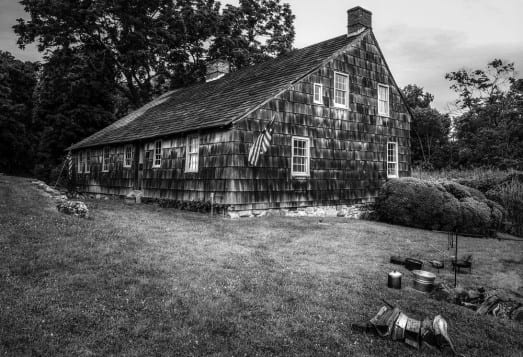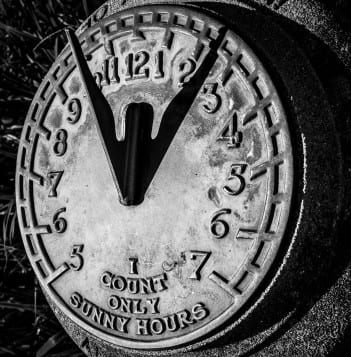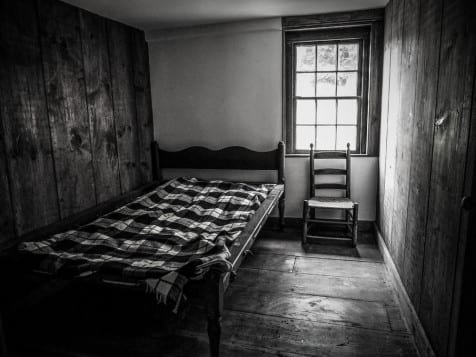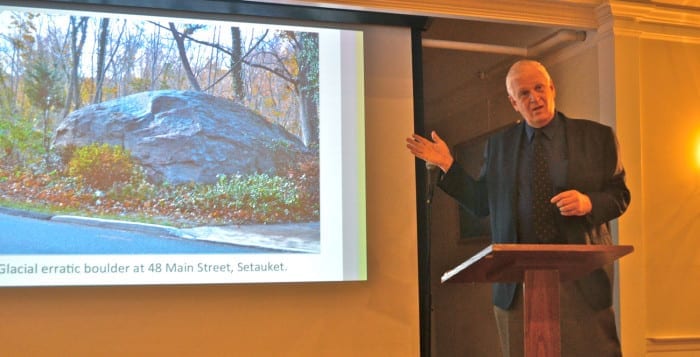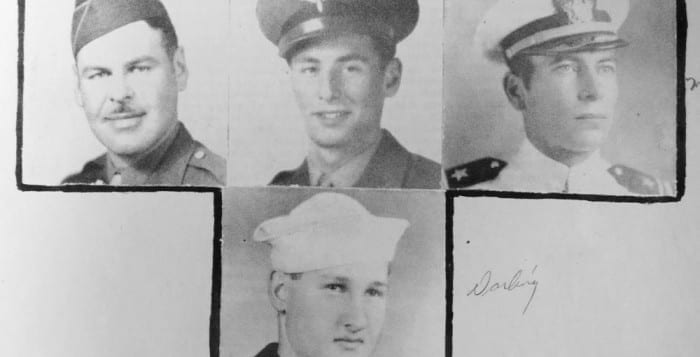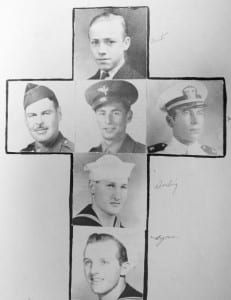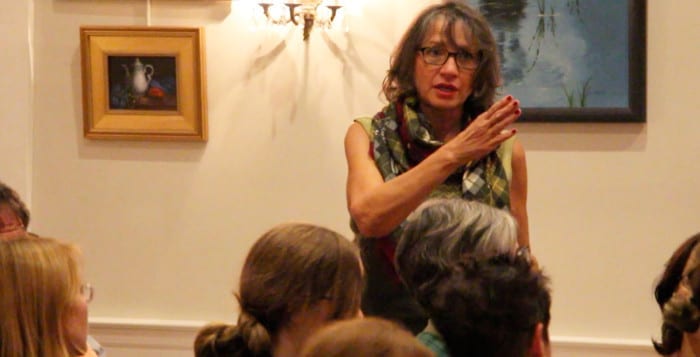Three’s company
A 40-year-old woman, a 38-year-old man and a 58-year-old man all from Huntington were arrested for multiple charges inside a 1986 Chevrolet Monte Carlo on High Street in Huntington at 10:15 a.m. on Nov. 28. Police said the woman had cocaine and 19 hypodermic needles with heroin residue on them. She was charged with two counts of seventh-degree criminal possession of a controlled substance. Police said the 38-year-old man was driving with a suspended license, was in possession of prescription pills without a prescription and had five glass pipes in his possession with cocaine residue on them. He was charged with loitering, unlawful use of a controlled substance and third-degree aggravated unlicensed operation of a motor vehicle. The 58-year-old man also has prescription pills in his possession without a prescription as well as needles and glass pipes with heroin residue, according to police. He was charged with seventh-degree criminal possession of a controlled substance, unlawful use of a controlled substance and loitering.
Boxed out
An unknown person took cash from a cardboard box inside a resident’s home on Bayberry Drive in Huntington on Nov. 24 at 9 a.m.
Infinite crimes in an Infiniti
On Nov. 28, police said a 49-year-old from Huntington Station was speeding in a 2000 Infiniti and engaging in reckless driving on New York Avenue and West 22nd Street in Huntington. They also said he drove into oncoming traffic, through red lights and a railroad gate. He was arrested at 12:23 a.m. and charged with second-degree criminal mischief.
Knock out
Police said a 22-year-old man from Huntington Station punched another man several times, causing swelling and pain on the corner of Main Street and Wall Street in Huntington at 2:45 a.m. on Nov. 26. He was arrested and charged with third-degree assault with intent to cause physical injury.
Doing time for the time
On Nov. 26, police said a 62-year-old man from Huntington stole a black Lifestyle watch from Rite Aid on Main Street in Huntington at 12:15 p.m. He was arrested and charged with petit larceny.
No brain on Brian Court
An unknown person stole a laptop, baseball bat and assorted baby items from an unlocked 2015 Nissan Altima parked on Brian Court in Northport on Nov. 23 at 9 a.m.
She knows the drill
A 30-year-old woman from East Northport was arrested at the 2nd Precinct on Nov. 24 after police said she stole on multiple occasions. According to police, she stole multiple drills and DeWalt combo kits from Home Depot on New York Avenue in Huntington on Oct. 4 and Oct. 18. She was charged with petit larceny.
You’ve got mail
Police said an unknown person damaged a letter in a resident’s mailbox on Sunken Meadow Road in Northport by tearing it in half on Nov. 25 at 8:30 a.m.
Crisis on the corner
On Nov. 24, police said a 29-year-old woman from East Northport was in possession of prescription pills without a prescription and heroin on the corner of Town Line Road and Pulaski Road in East Northport at 2:25 p.m. She was arrested and charged with seventh-degree criminal possession of a controlled substance.
NoPro
An unknown person stole a GoPro Silver from a 2003 Saturn VUE parked on Larkfield Road in East Northport after they broke in through the passenger side window on Nov. 26 at 11 a.m.
Jewelry in jeopardy
Police said an unknown person stole jewelry that was left on a table at the Smithtown Center for Rehabilitation & Nursing Care at 4:30 a.m. on Nov. 29.
No license on the LIE
A 23-year-old woman from Calverton was arrested on the Long Island Expressway in Commack at 3 a.m. on Nov. 30 after police said she was driving without a license and had a hypodermic instrument and marijuana on her. She was charged with fifth degree criminal possession of marijuana and aggravated unlicensed operation of a motor vehicle.
Woes at Walmart
On Nov. 24, a 34-year-old woman from Brentwood was arrested after police said she took children’s clothing, health and beauty items and food from a Walmart on Crooked Hill Road in Commack at 3 p.m. She was charged with petit larceny.
Mazda madness
An unknown person stole change from a 2007 Mazda parked on Tanglewood Drive in Smithtown and a 2015 Mazda parked on Crescent Place in Smithtown on Nov. 23 at 11 p.m. and 11:30 p.m.
Motor Parkway mistakes
A 30-year-old woman from Bay Shore was arrested after police said she was driving without a license on Motor Parkway in Smithtown in a 2015 Hyundai on Nov. 25 at 11:30 a.m. She was charged with aggravated unlicensed operation of a motor vehicle.
U-wrong on U-turn
On Nov. 24, a 37-year-old woman from Deer Park was arrested after police said she made an unsafe U-turn in a 2015 Ford and then drove straight in a right-turn-only lane at midnight on Jericho Turnpike in Commack and then discovered she was driving drunk. She was charged with driving while intoxicated.
Blurred Lines
A 27-year-old man from Port Jefferson was arrested on Nov. 26 at 12:50 a.m. after police said he failed to maintain his lane of traffic on Main Street in Smithtown while driving a 2006 Ford and then discovered he was driving drunk. He was charged with driving while intoxicated.
A man of substance
A 27-year-old man from Port Jefferson was arrested for criminal possession of a controlled substance on Nov. 28. Police said the man had two bags of heroin, as well as cocaine and a hypodermic needle. He was arrested on the corner of Gaymore Road and Ardmer Drive in Port Jefferson Station.
Passport to jail
Police arrested a Port Jefferson Station driver for criminal impersonation on Nov. 24, after the 39-year-old woman allegedly used another person’s passport when officials pulled her over and issued her a ticket. She used the identification to sign her permission for authorities to search the vehicle, according to police. She was arrested at the scene, on Route 25A in Rocky Point.
Swimming in a cell
Police arrested a 23-year-old man from Port Jefferson for petit larceny on Nov. 27, four months after he stole pool-cleaning supplies from Leslie’s Swimming Pool Supplies on Veterans Memorial Highway in Commack. The crime happened on July 13, and officers arrested the suspect at his residence.
Jewelry heist
A 35-year-old woman from Miller Place was arrested for criminal possession of stolen property at her home on Nov. 25, about a month after she allegedly tried to sell more than $1,000-worth of stolen jewelry on Middle Country Road in Coram.
What a tool
On Nov. 23, a 38-year-old man from Ronkonkoma was arrested for petit larceny after he stole assorted tools from a mechanic at the Double “N” Automotive shop on Mark Tree Road in Centereach.
Drunk munchies lead to crash
A 20-year-old man from St. James in a 1998 Subaru hit another car in the parking lot of a fast-food restaurant along Route 347 in Stony Brook on Nov. 25, and police said while he was being interviewed about the crash, they discovered he was intoxicated. The man was arrested for driving while ability impaired.
Lax security
A 31-year-old woman from Northport was arrested for grand larceny on Nov. 27 after she disabled the security devices on several pieces of merchandise at the Kohl’s on Route 25A in Rocky Point and then left the store without paying. Officials arrested the woman at the scene.
Taking a bonus
Police arrested a 51-year-old man from Blue Point on Nov. 28 when he attempted to steal money from a cash register at the Walmart on Nesconset Highway in Setauket. A Walmart employee detained the man, who also worked at the store. He was charged with petit larceny.
Clothing kidnapper
A 27-year-old woman from Bay Shore was arrested on Nov. 28 for petit larceny after she entered a store on Nesconset Highway in Stony Brook and walked out with an armful of clothes. Police arrested the woman at the scene.
Forgot a stamp
Police said someone broke a mailbox and its post on Jefferson Boulevard in Port Jefferson Station on Nov. 25. According to officials, the homeowners heard a crash outside their home when their mailbox was damaged.
Breaking bottles
An unidentified man hit another man with a bottle on Nov. 26, lacerating his cheek. The suspect fled the scene, on Route 25A in Port Jefferson.
Fishy excuse
On Nov. 29, an unknown man ordered $258 worth of sushi from a restaurant on Route 25A in Miller Place, but when the man went to pick up the food, he told restaurant employees that he left his wallet in his car. The man took the food and fled the scene without paying.
Dirty crime
Between 11:30 p.m. on Nov. 25 and 10 a.m. on Nov. 26, an unidentified person stole three dirt bikes from a residence on Lower Rocky Point Road in Sound Beach.
Hungry robber
According to police, someone kicked and broke the front glass door of the Centereach Deli on Middle Country Road, then pried the door open to enter the store and stole cash. The incident happened on Nov. 29.
Grinch
Someone stole a Santa Claus lawn decoration from a residence on Liberty Avenue in Selden, sometime between Nov. 28 and 29.
